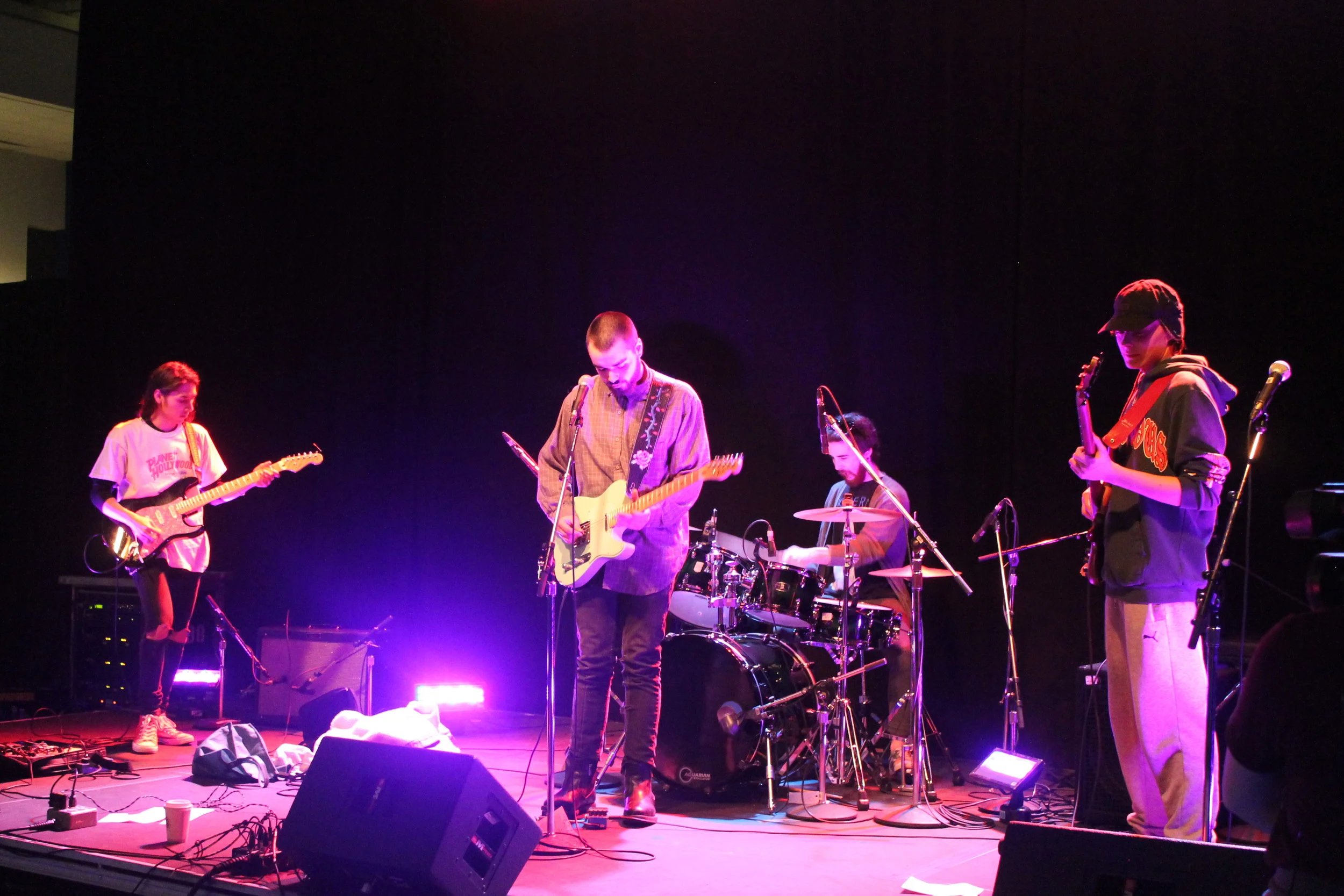Revisiting the 70s heated American political landscape
By Federico Sierra
Canadian-American screenwriter Semi Chellas makes her feature directorial debut at TIFF 2019 with American Woman. A-two-time Emmy nominee, Chellas is best known for her work on TV as a writer for the The Eleventh Hour, a Canadian drama series, and Mad Men. The transition to the big screen is not an easy one; but Chellas’ biggest leap is probably in taking control of her story not just as a writer, but as a producer and director as well.
Based on Susan Choi’s novel of the same name , American Woman reimagines the real-life events surrounding the 1974 kidnapping of 19-year-old Patty Hearst. The granddaughter of a newspaper tycoon, Hearst was captured by the Symbionese Liberation Army (SLA), a left-wing group of revolutionary radicals. However, soon after her capture and despite Hearst’s traumatic experience, her public image took a dramatic shift when she announced she had joined the very same group that held her captive. Hearst was also seen as an accomplice in the group’s criminal activities including robbing a bank. Deemed as an outlaw, Hearst’s days of confusion would eventually come to an end when she, alongside her fellow SLA member Wendy Yoshimura, was caught and prosecuted by the FBI.
Chellas’ film explores the Patty Hearst affair without prejudice nor conviction. Instead, it offers a closer look at the members of the revolutionary group and the political landscape that shaped their radical ideals. The American military declared a mandatory conscription, drafting thousands of innocent civilians overseas to fight a war they didn’t fully understand. The SLA was determined to expose the unjust privileges of rich people, such as having the opportunity to sit out the Vietnam War, while citizens of lower social classes had to abide to military conscription.
For most of the first part of the film, we are locked in an SLA safe house as we watch the group prepare their next move. This allows Chellas to introduce us to her characters through thought-provoking debates that questions the ethical consequences of their extreme mission. Chellas wants us to observe her characters not merely as outlaws, but as conflicted human beings fighting for a cause much bigger themselves.
The actors portray each of the characters with enough sensibility, allowing the audience to see through their anger and confusion. Hong Chau stands out in the leading role among a cast of strong performances as Jenny Shimada, a fictionalized version of Wendy Yoshimura, who used to make bombs for the SLA but decided to renounce the group after she realized that fighting fire with fire will not extinguish the flame. But it’s the relationship Jenny forms with Patty Hearst (Sarah Gaddon) that becomes the core of this story. Unlike her fellow SLA members who see Patty as a political object to make a statement, Jenny sees Patty for what she is: a scared, innocent young girl. Gaddon is earnest in her performance as her character slowly begins to understand that the world is a place with a vast grey area. Jenny truly cares about Patty, and she makes it her mission to ensure Patty’s safe return to her family, as well as undo some of the brainwashing by the SLA that led her to join the group.
The movie opens with an interrogation scene, as Jenny — already captured and tried by the FBI — retells her story and relationship to the SLA and Patty Hearst. She is the narrator of her story, and we are taken along for the journey to observe how she ended up behind bars. An ingenious bomb-maker, Jenny quit her life as a political activist after realizing the violent consequences of her actions, choosing instead for a quiet life. But after spending some time working as a housemaid, Jenny is thrust back into her old life when she is tasked to rejoin the SLA and care for their fragile new member Patty Hearst.
Chellas’ decision to tell the story in the form of flashbacks seeping out from the interrogation scene doesn’t work well in favour of the overall movie experience. Despite having thought-provoking subject matter and illustrating it through relatable characters, the movie fails to engage the audience on an emotional level. The audience remains one step ahead of the story. By foreshadowing the fate of the protagonists, the narration denies the audience from any thrills or surprise the director attempted to portray. For this reason, American Woman ultimately feels more like an educational film shedding light on a delicate period of American history rather than a suspenseful film.
American Woman proves Semi Chellas’ talents grow beyond TV. Chellas is a novice filmmaker, and it’s important to keep this in mind, for no debuting film exists without its flaws. Despite the slow pacing and disjointed narrative, Chellas’ ace up the sleeve is the unique perspective she lends to this point of history whilst reflecting on present issues.






